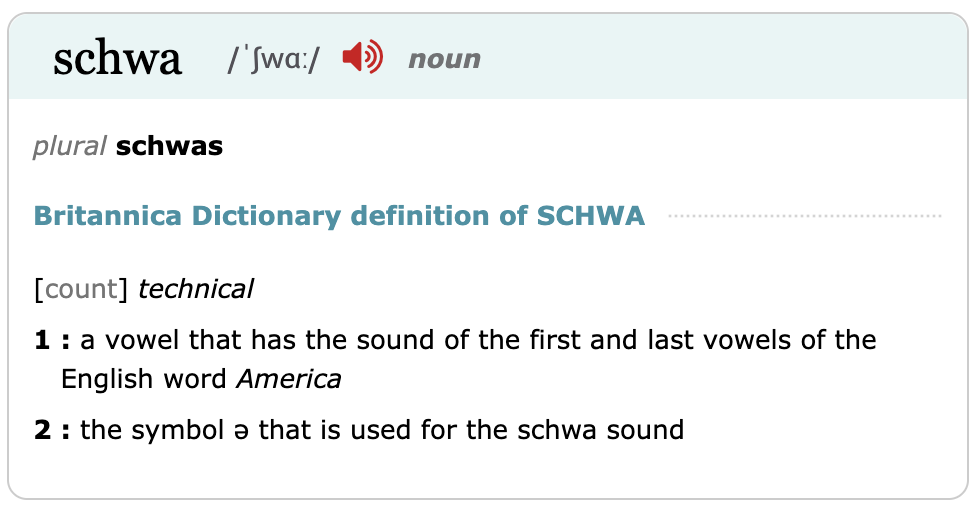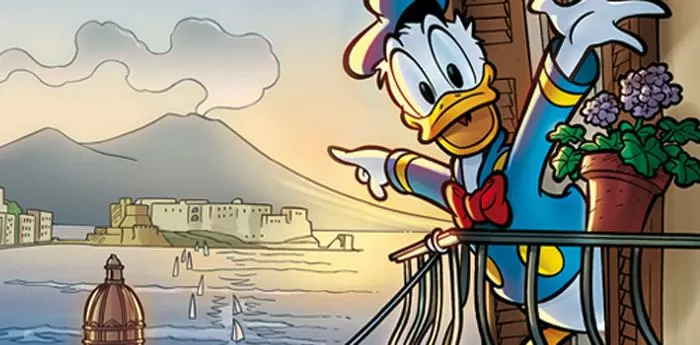In the mid 90s, I would often walk past a dreary, white and yellow building. Owing to its location, the grimy structure had become a big part of my childhood. Apollo Talkies, Rasta Peth, Pune was a landmark so well known that the adjoining bus stop, the chowk where it was situated, the cobbler and batata wada seller positioned in its vicinity, all were known by the title “Apollo”. On the grimy front facade of the theater would dangle a large, singular, colorful poster of the picture running at theater at the time. As if to mock the conspicuousness of the poster, a couple dozen handbills of the same film would adorn the grungy parapet wall that guarded Apollo’s perimeter. One film that I particularly remember being screened at Apollo Talkies was Alfred Hitchcock’s 1960s horror film Psycho. That a 60s motion picture was running at Apollo in the 90s was hardly a worthwhile thought back then because the poster of the film was enough to permeate the entirety of my adolescent brain. A nude woman, censored just sufficiently by a steamed-up glass pane, with an outstretched hand that seemed to thrust out of the poster, surrounded by streaks of blood, and a monosyllabic “A” on the top left corner indicative of the censor certificate type, all screamed out tantalizingly to the deep-seated immorality narrative in my brain that was a product of orthodox upbringing. Mind you, up until then, my only exposure to the horror/thriller genre was the Zee Horror Show. As such, this was enticing stuff.
Fast forward a decade, the poster of another cinematic masterpiece adorned the grimy walls of Apollo. At this point, I am not going to tell you the name of the picture, but only that it was starred in by not only a few GOATs of Hindi cinema but also a bunch of newcomers. Multi-starrer, if you will. I did not watch the movie at Apollo. Actually, I don’t remember exactly where I saw it, but I have not forgotten the chills it gave me when I did. The movie opens with a completely deserted remote-Indian-village railway station. Out of nowhere, you suddenly spot three college age dudes, who are meeting for the first time. One glance at their unsuspectingly happy faces immediately gives you that sinking feeling in your stomach, as if you know that something terrible is going to happen to them in the movie. It turns out that all three have left home for the first time to attend college in the god forsaken village, which for some reason they willfully chose when applying. As providence would have it, the boys discover that not only are all three in the same class, but are also roommates in the same dorm room. The next scene is a college assembly, which in itself is such an unusual concept that it gives you the chills. To make matters creepier, the only teacher present at the assembly is the college principal. Not a single lecturer or professor is present. The principal, speaking in an unusually low-pitched baritone, delivers a particularly sinister welcome address, which consists chiefly of a run-down of the college “rules”, viz. a no dating policy, a sundown curfew for students who might leave the campus, and a threat to get rusticated if the student disobeys even a single rule. It is against this backdrop that the rest of the movie takes place.
Cut to a few scenes later, you have now come to realize that the college is basically a single building that looks like a haunted English manor surrounded by carefully manicured lawns. The incongruity doesn’t end there. There isn’t a single classroom in the manor. Students are dismissed from classes sometime in the afternoon. You can only assume that it is classes that they are dismissed from, because like I mentioned earlier, there isn’t a single lecturer or professor other than the principal a.k.a. the Baritone Bogeyman. Essentially, a bell rings and students are dismissed from whatever takes place inside the manor. When this happens, the students simply walk out. No one knows where they go because the cafeteria and the dorm rooms are housed within the manor and there isn’t a single other building around. In fact, the only structures other than the manor are an unusually large gazebo and a Durga temple, both of which are perpetually deserted. Students wear uniforms. You also realize that it is an all-boys institution, which basically makes the no dating policy totally homophobic. You also realize that it is always autumn on campus. Trees seem to constantly generate yellow leaves despite constantly shedding. A menacing looking gate guards the mysterious campus.
Enter, a guy who looks like a grown up Harry Potter, sweater draped on his shoulders, violin in hand. As providence decrees (or common sense screams), the college needs at least one lecturer. So our sweatered violinist walks into the principal's office and solicits for the job of "music teacher", thus setting a precedent for cold calling for a job. Powered, no doubt, by some sort of voodoo magic, he convinces the Baritone Bogeyman of the dire need of music lessons at the institution. Within due course, you learn that the sweatered violinist is actually a psychopath with a sinister plan to avenge the death of his lover. He manages to set up a music class in the gazebo near the Durga temple and uses his black magic skills to instantaneously procure musical instruments, sheet music, and music stands for the students. However you soon discover that music lessons are a mere facade. The psychopath's plan is to brainwash the boys and use his powers to not only make them subvert the college rules but also instill in them vile and wicked, anti-social and amoral if you will, values. He coerces the boys to date girls from the neighboring all girls college by encouraging them to stalk and publicly harass them, get employed at married womens' homes as music teachers and use that position of power to sexually harass the women, break existing relationships to "get at" the girls they want, and deliver hypocritical sermons about sanskaar. To make matters creepier, there is also the ghost of the psychopath's late lover that keeps appearing, in a singular costume, throughout the film.
I still shudder when I remember the scenes of this film. I'm sure you have seen the film too. Here are some stills from the film. These might jog your memory.


_(49417678437).jpg)




